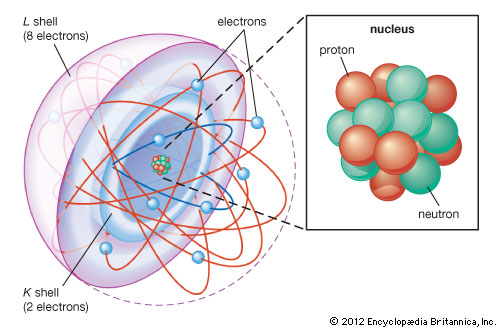The Linnaean system
Carolus Linnaeus, who is usually regarded as the founder of modern taxonomy and whose books are considered the beginning of modern botanical and zoological nomenclature, drew up rules for assigning names to plants and animals and was the first to use binomial nomenclature consistently (1758). Although he introduced the standard hierarchy of class, order, genus, and species, his main success in his own day was providing workable keys, making it possible to identify plants and animals from his books. For plants he made use of the hitherto neglected smaller parts of the flower.
Linnaeus attempted a natural classification but did not get far. His concept of a natural classification was Aristotelian; i.e., it was based on Aristotle’s idea of the essential features of living things and on his logic. He was less accurate than Aristotle in his classification of animals, breaking them up into mammals, birds, reptiles, fishes, insects, and worms. The first four, as he defined them, are obvious groups and generally recognized; the last two incorporate about seven of Aristotle’s groups.
The standard Aristotelian definition of a form was by genus and differentia. The genus defined the general kind of thing being described; the differentia gave its special character. A genus, for example, might be “Bird” and the species “Feeding in water,” or the genus might be “Animal” and the species “Bird.” The two together made up the definition, which could be used as a name. Unfortunately, when many species of a genus became known, the differentia became longer and longer. In some of his books Linnaeus printed in the margin a catch name, the name of the genus and one word from the differentia or from some former name; in this way he created the binomial, or binary, nomenclature. Thus, modern man is Homo sapiens, Neanderthal man Homo neanderthalensis, the gorilla Gorilla gorilla, and so on.













